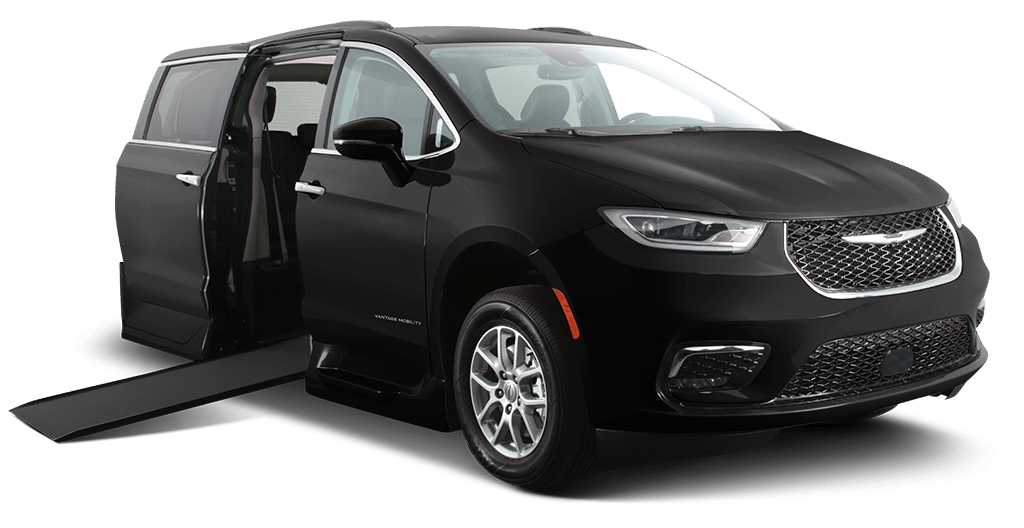Regular physical activity provides important health benefits for everyone, including people with disabilities. Getting active can help you:
- Strengthen your heart
- Build strong muscles and bones
- Improve coordination
- Relieve stress, improve your mood, and help you feel better about yourself
Before you begin…
- Talk to your doctor about starting an exercise program. If you are taking medicine, be sure to find out how it will affect your physical activity.
- It’s also a good idea to talk to a trained exercise professional. Find a fitness center near you that is comfortable and accessible. Ask if they have experience working with people with similar disabilities.
Aim for 2 hours and 30 minutes a week of moderate aerobic activity.
- This includes walking fast or pushing yourself in a wheelchair, raking leaves, or other activities that make your heart beat faster.
- Start slowly. Be active for at least 10 minutes at a time.
Do strengthening activities 2 days a week.
- This includes sit-ups, push-ups, or lifting weights.
- Try working on the muscles that you use less often because of your disability.
Find support and stick with it.
- Bring along a friend, especially if you are trying out a new activity.
- If you don’t meet your exercise goal, don’t give up. Start again tomorrow.
For more information on physical activity and disabilities, visit:


















